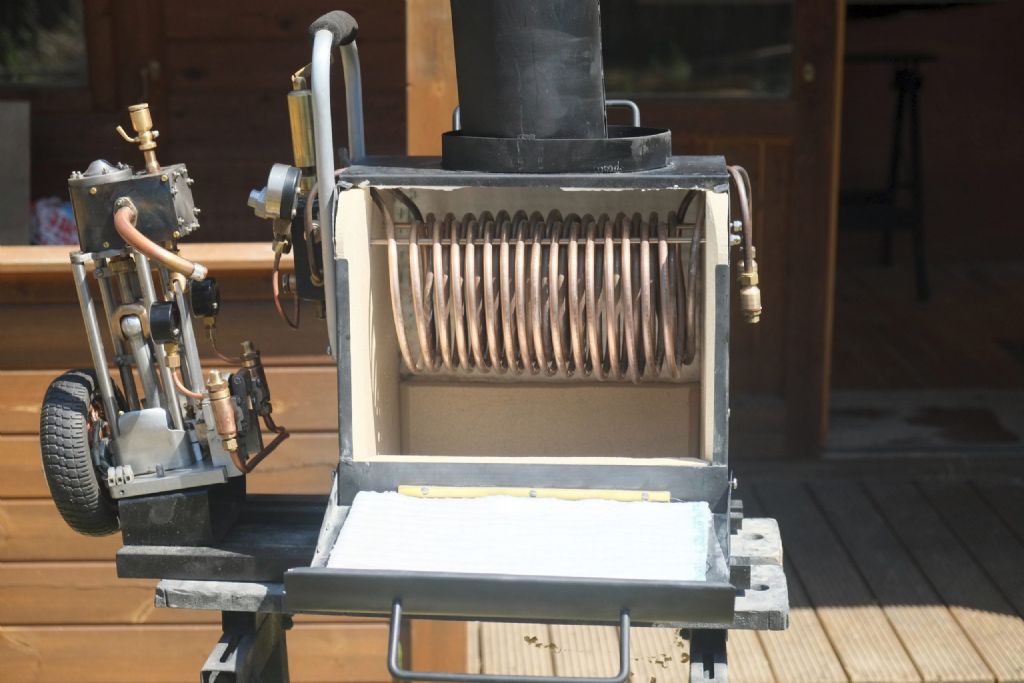The AC-Delco fuel lift pumps used on I C engines were usually driven by a simple eccentric on the camshaft, so often running at up to 3000 strokes per minute.
Obviously designed for use with fluids, such as kerosene, petrol or gas oil. Operated dry, the valves emitted a "creaking" sound, but quietened when primed, and pumping liquid.
The usual delivery pressure was rarely more than 5 psi, with a limited suction lift.
The eccentric driven operating lever merely pulled down the diaphragm to fill the pump. The internal spring actually provided the delivery pressure.
The valves would not seal so effectively with a non liquid. The pumps always worked much better once they had primed with fuel.
The lever shape and length were determined by the distance of the mounting flange from the centreline of the camshaft.
I have seen one used on a chop saw to pump soluble oil. (The diaphragm had failed, so we bodged it by making a replacement out of two pieces of polythene sheet Where needs must etc! )
That was easy, because the top and bottom castings were held together by short setscrews, and we drilled and tapped the operating ting rod to clamp the new "Diaphragm" to it under the top washer.
Service kits, containing a new diaphragm and valves, used to be available.
The later ones were not intended to be serviceable, The setscrews and tappings were replaced by a rolled steel band.tom hold upper and lower halves together.
Having said that, we would probably make up two semi circular bands with a suitable internal profile and use screws and tappings to replace the rolled steel clamp.. The problem then would be obtaining the replacement diaphragm and valves.
The pipe tappings, certainly on the later units, (60s onwards ) were 1/2 UNF.
Pipe to pump sealing was usually by a metal compression olive, although during the 80s, one engine manufacturer changed to using rubber olives, compressed by the pipe nuts as they screwed into the pump body.
HTH
Howard
Peter Cuthbert 1.





